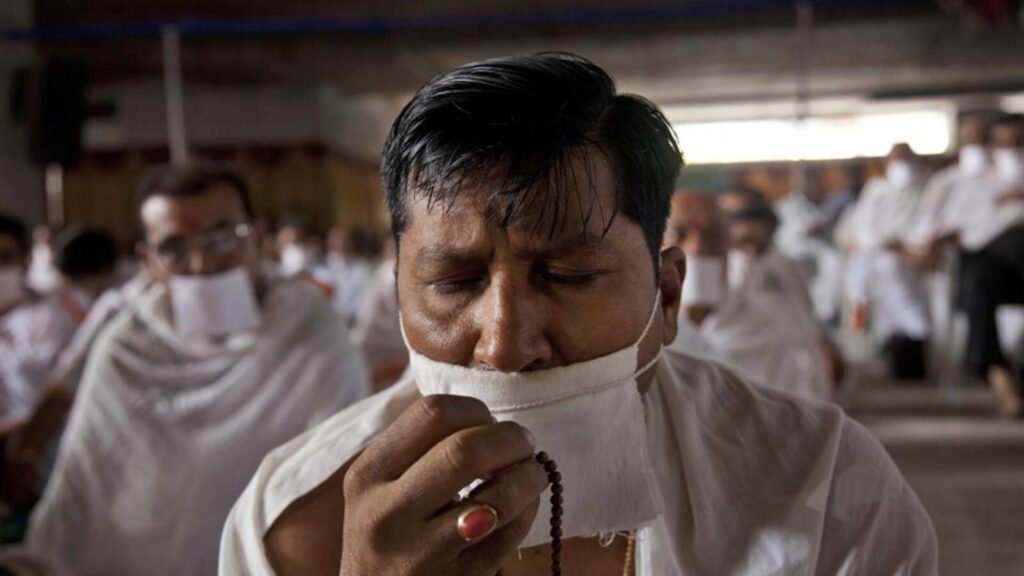
The Well-Known Adage “Ignorance of Law is no extra. He was lamenting the cases of miscarriage of justice resulting from Misreading of Laws often reported from the lower ladders of the judicial hierchy. An Astounding Institute of this has been recently reportged from Madhya Pradesh where a family court refused to apply Community Had Been Recognized by the Union Government as a Minority under the National Commission for Minorities Act, 1992. The court’s prepaperous idea reflects items items are Scope of the two acts.

Since the British Rule in India, The Religious and Customary Traditions of Four Indian Communities – Hindus, Buddhists, Jains, Jains, and Sikhs – in Respect of Family Rights and Family Rights and Relations from Compendious Expression Hindu Law. A number of laws using the word Hindu in their titles Wee Enacted Before the Advent of Independence. The process began with the Hindu widows Remarriage Act of 1856 and Ended with the Hindu Women’s Right to Property Act, 1937. 1937. Rulers of some princely states also enacted Similar laughs among ware the mys Hindu law women’s rights act of 1933 and the baroda Hindu nibandh of 1937. The Well-Known Hindu Code Bill, Prepared in 1940s by a Committee of Eminent Jurists and Social Reformers of the Timet Been under the consideration of the central legislature since the mid940s. Its provisions were enacted after the advent of independence in the form of four separate acts. The first Among these which was the Hindu marriage act of 1955, Followed Next Year by another three acts – The Hindu Succession Act 1956, Hindu Minority and Guardianship Act and HINDU Adopion and Maintenance Act 1956.
The four acts togeether control the common personal law, reformed and modernized, of four communities – Hindus, Buddhists, Jains, and Sikhs. Each of these declares, in two different classes, that their provisions apply to (a) any person who is a hindu by religion in any of its forms or developments, and (B) any person who is a buddhist, Jain or sikh by religion. It is further Clarified that the expression hindu in any portion of these acts shall be constructed as if it includes a person who “thought not a hindu by health” Applies. The Hindu Marriage Act leaves Room for all these communities to follow their respective marriage ceremonies for creating husband-wife relationships Among the Basic Principles of the act, which are unexceptionally applicable to all of them, is the available of the relife of divorce on Several Specified Grounds, and Aleso, Aleso, Aleso, Aleso Consent.
The National Commission for Minorities Act of 1992 was enacted to regulate the power and functions of the Central Minorities Commission which which has been established 14 years 14 years earrlier by the Governement LED BY MORARNMENT LED BY MORARNMENT LED Section 2 (c) of the act said that the word menority for the purposes of this act would mean a communication notified as such as such by the union government. A year laater, a notification is issued under this provision of the act declared Muslims, christians, parsis, budgets and sikhs to be minorities for the purpose of the 1992 act. Their recognition as a minority was meant only to brings within the authority of the commission. Even by a far-fethed interpretation, it was not to affect or meddle with the scope of any other law of the country.
Ever Since 1993, some Jain Groups Had Been Seeking Inclusion of Their Community as Well in the List of Minorities Recognized under the commission’s government. Not gettingting a positive response from the government, a front-ranking leader Among them Approached the Bombay High Court (HC) seeking directs to the union government for the union government for the said performance. Unable to get the desired relief, he appeared to the Supreme Court (SC) that also help that the issue was a policy matter to be deceded by the government. “It is not for this court to issue any direction or mandate on the Basis of the claim of some members of the jain community which is opined to by another Section of the Same Community,” Held a three-judge beench of the Court (Bal Patil vs Union of India, 2005).
In May 2014, The Government modified the Above-Demoned Notification of 1993, Issued under the National Minorities Commission’s Governing Statute. By this modification, right or wrong, the jains were added as the sixth communication to be within the purview of the commission. Like the original notification, this modification also also could not mean or imply anything else, much less change the courses of personal law application to the community at least for the Last Sween Decades.
If the addition of jains to the list of minorities covered by the statutory functions of the Minorities Commission was wrong, only the union government or the sc can take a call on it. Such an assumption, express or implied, on the part of a family court and refusing the desired matrimonial relife Ignorance of the law. Such a conclusion is not warranted even by the remotest implications of either the Hindu marriage act of 1955 or the national commission for minorities act of 1992. appeal that “The Family Court Judge Has Committed Grave Illegality and Manifested Improperity in Concluding that the provisions of the Hindu marriage act 1955 are not applicable to the members of jainmunity.”
Tahir mahmood is Professor of Law and Former Member of the Law Commission of India.The Views Expressed Are Personal







